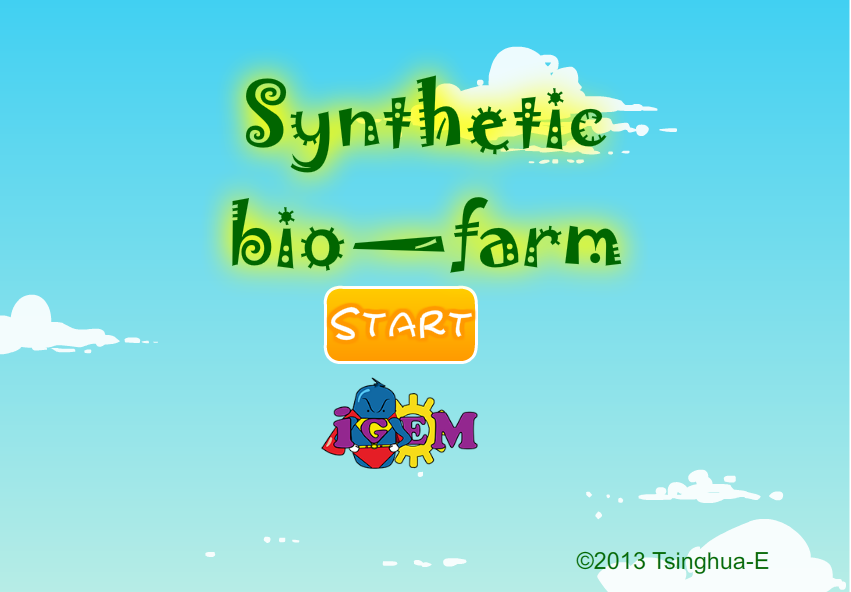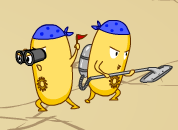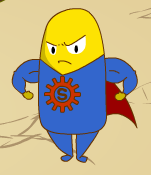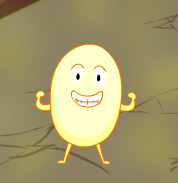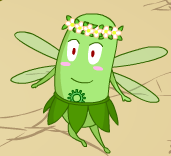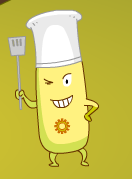Team:Tsinghua-E/Biofarm
From 2013.igem.org



Synthetic bio-Farm
Synthetic bio-Farm is a flash game developed by us; it presents how several BioBricks can be composed by function to solve a series of problems in building a bio-farm. As we all know, IGEM has accumulated a huge pool of BioBricks, hoping that one day they can be composed to apply in numerous practical areas. However, due to the limitation of our knowledge, effective composition of these BioBricks has not been achieved. But our imagination has no restriction; we would like to achieve this goal in a vivid game, presenting the potential of synthetic biology in solving daily problems.
In the game, the player’s task is to build a bio-farm on a degraded land through which a heavy metal polluted river run. He can turn to seven Biobricks for help in order to finish the task.
The seven Biobricks and their functions are as follows:
Auxin System was designed by Imperial College London IGEM 2011 to help ordinary seeds fight degradation. It works by Implementing the Auxin system into a seed coat.
Bio-decontamination Kit was designed by PKU IGEM 2010, which can accomplish the detection and absorption of heavy metals in aquatic conveniently. In the game, player should build a little water processing workshop to get clean water. Clicking the workshop, players will enter a mini-game to gather the heavy metal icons and to win IGEM coins in a limited time.
AgrEcoli is a cheap, versatile soil fertility sensor developed by BCCS-Bristol IGEM 2010. It can help map the nutrient content of the fields and thus avoid excess fertilizer use.
SynBIOLOGICAL BUG BUSTER was designed by HKUST IGEM2009. It’s a novel yeast strain that could detect, attract and eliminate pests.
E.glowli was designed by Cambridge IGEM 2010. E.glowi can generate bright light output in a range of different colours. It can provide plants with extra light in dusky time.
Flower Fairy E.coli was designed by Kyoto IGEM 2012. It can help plants bloom by simply putting the engineering bacteria on plant leaves.
Edinburgh cooker is designed by Edinburgh IGEM 2008. They developed engineering bacteria to produce starch from the cellulose. In the game, by building a workshop, players can transform waste straw to valuable starch.
 "
"

